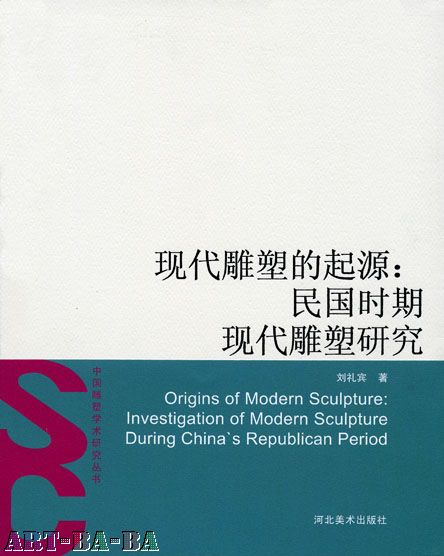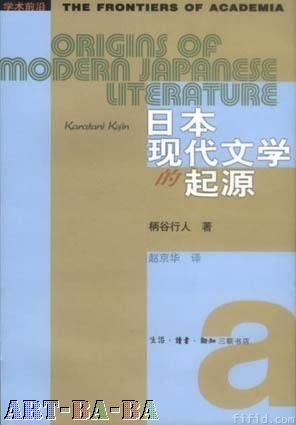《现代雕塑的起源》

内 容 提 要
民国时期,传统雕塑日益衰落,在以“师夷之长”为目的的留学大潮中,一批抱有艺术理想的年轻人赴法国、意大利、比利时、日本、美国等国家学习西方雕塑。他们回国以后,通过雕塑创作、创办雕塑系(科)、译介西方雕塑文献和资料,成为现代雕塑的拓荒者,他们亦成为中国第一批雕塑家。这些年轻雕塑家凭借从国外学到的写实雕塑技法,塑造名人肖像、创作纪念碑式雕塑,使雕塑进入上层社会和城市公共空间,使已经不是艺术主流的西方学院派写实雕塑成为中国现代雕塑的“母体”。国民政府成立之后,社会精英人士对城市发展、政府形象塑造有诸多设想,尽管这些设想未能全部付诸实施,但也为公共雕塑的发展提供了一些发展机遇。此后,抗日战争爆发,反映战争题材的雕塑作品多有出现,与名人雕像相比,这些作品的题材因与国家存亡密切相关,引起了社会的更大关注。解放战争时期,国民党的一党专政和贪污腐败引起了社会不满,反映民生疾苦、渴望自由的作品多有出现。同时,国统区的左翼文艺思潮的兴起以及解放区文艺政策的确立使“农”“工”题材作品也崭露头角。
本论文以民国时期的现代雕塑为研究对象,期望通过历史材料的钓沉索隐,通过对“历史背景”的构画,揭示现代雕塑产生的历史契机,讨论雕塑家出国学习的个人动机和成行机缘,在中西艺术比较的框架中,透视雕塑家在国外的学习情况和艺术创作情况,以及他们在国外环境中对中西雕塑的反思。留洋雕塑家是民国现代雕塑的最早创作者,笔者从“‘雕塑家’的出现、‘雕塑家’的多重身份、雕塑介入现实生活、雕塑风格的民族化”等方面入手,探究“现代雕塑的出现和发展”,并以此为基础,研究现代雕塑和公共空间以及展览的关系。
Abstract
Traditional sculpture declined during the period of the Republic of China. In the tide of going abroad with the aim of “learning merits from foreign countries”, many youngsters went to France, Italy, Belgium, Japan and America, etc. They learned Western sculpture. When they returned, they became the pioneers of modern Chinese sculpture, creating sculptures, establishing departments and schools of sculpture, and introducing Western sculpture into China by translation. With the realistic sculptural techniques learned from abroad, these young sculptors created monumental sculptures and portrait sculptures for famous persons. With their effort, sculpture gained the attention of the upper echelons and entered public spaces in cities. So the western academic sculpture, which had been not the mainstream of art at all became the matrix of modern Chinese sculpture. After the establishment of the Republic of China, social elites had many plans about the cities’ development and the government’s image. Though not all these plans were carried out, they provided many chances for the development of the public sculptures. After the War of Resistance Against Japanese Aggression, sculptures that reflected the social reality came into being. Because the subject matter concerned the country’s future, people showed more interests in them. During the China's War of Liberation, Kuomintang’s decay and corruption aroused the people’s indignation. Sculptures that reflected people’s suffering and their thirst for freedom began to gain popularity. At the same time, left-wing cultural thoughts sprung up in the Kuomintang-governed districts, and literary and cultural policies were implemented in the emancipated districts. So sculptures which reflected the livelihood of “the worker” and “the peasant” emerged.
This dissertation studies modern Chinese sculpture. By sorting out historical literature and analyzing the historical background, I will reveal the historic chances of the birth of modern sculpture. Discussing sculptors’ motives of going abroad and the lucky chance they encountered, in the comparison frame of Eastern and Western Art I penetrate sculptors’ study and creation experiences and their contemplation of the traditional and modern sculpture when they were abroad. Students abroad were the founders of modern Chinese sculpture. I investigate “Modern Sculpture’s Emergence and Development” by studying the “the emergence of sculptors”, “sculptor’s multiple identities ”, “sculpture’s reflection of reality”, “the nationalization of sculpture”, and then move on to deal with the problem of “the relationship between sculpture, the public space, and the exhibition”.
顶起
恭喜刘老师
模仿《现代文学的起源》?

这时间挺重要的事情
替刘老师顶贴